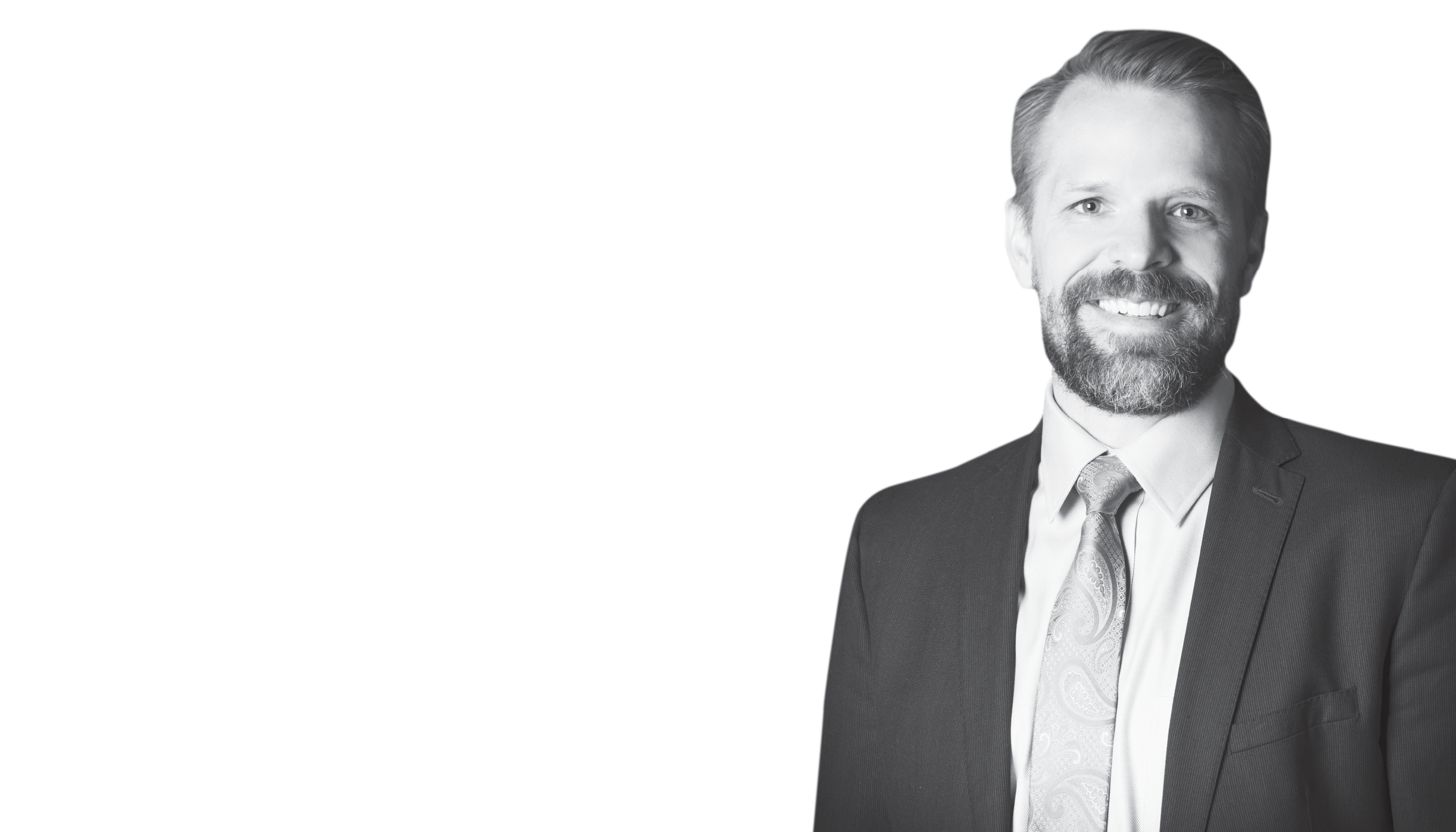
The final blow of 2020: the Global Burden of Disease study found that public health services failed to meet WHO targets, with no significant reduction in the number of people with treatable sight loss worldwide since 2010. This landmark study puts global blindness and severe vision impairment on track to double by 2050 (researchers estimate that 61 million people will be blind, and 474 million will have moderate and severe vision impairment) (1). The authors’ findings change our understanding of the entire landscape of the burden of eye disease from our prior understanding. So, what happened? Did we underestimate the scale of the problem, or were our goals too optimistic? Perhaps both. Population growth is outpacing our gains in patient care, and our aims were audacious and aspirational. However, for a challenge of this magnitude, we need aspirational targets that push us beyond traditional models.
When all you have is a hammer, everything looks like a nail, and as surgeons and clinicians, we often view problems through the lens of our skillset. Though performing surgery and providing care is fundamental to reversing these trends, in isolation, it is a wholly incomplete solution. Compounding this perception is the inadequate ratio of ophthalmologists to population. It is tempting to imagine the solution is foreign surgeons traveling to these regions to provide needed care. However, without magnifying impact through capacity building, these efforts likely do little to address the overall need.
So how can you individually be better equipped to turn the tide of increasing blindness? Fundamental to effective care delivery models like the Aravind Eye Care System is sound public health principles and sustainable financial models. While ophthalmologists may have some basic understanding of these fields, the vast majority of us complete training with little to no formal training in either domain. Everyone participating in global ophthalmology must become a student of public health and sustainable care delivery models, seeking opportunities such as the AAO’s global ophthalmology offerings or free online courses offered at The London School of Hygiene and Tropical Medicine (2).
Beyond individual contributions, the challenge requires a profession-wide response and 2020 disrupted our collective global ophthalmology efforts. Beyond the cancellation of international meetings, COVID-19 globally strained health care systems and slowed the delivery of eye care. While the quantity of delivered care has rebounded in many parts of the world, quality of care was also compromised, particularly for progressive conditions like glaucoma and diabetic eye disease.
The John A. Moran Eye Center Global Outreach Division (3) at the University of Utah and academic departments throughout the world are committed to turning back the global tide of blindness and visual impairment. Academic medicine has a vital role to play through advances in patient care and innovative discoveries aimed at low resource settings. However, I purport academia’s greatest impact on global eyecare will likely be found in the third leg of academia’s tripartite mission: education.
Blindness can only be cured and prevented where there are adequate numbers of ophthalmologists to provide services. As ophthalmologists, we are uniquely aware of the enormous time and financial expense required to become a fully trained and this model simply cannot meet the ever-growing need. Our ophthalmology training model needs disruption.
In the final measure, I content Covid-19’s disruptions will be the catalyst to global ophthalmology training’s needed paradigm shift. Teleophthalmology and remote mentoring adoption leaped years forward. Virtual/distance learning is now commonplace, with platforms like Orbis’ Cybersite and Moran Clinical Ophthalmology Resource for Education (CORE) modules seeing 600 percent growth in 2020.
However, we know the greatest challenge to training surgeons is not acquiring facts and knowledge; it is the time-intensive and high-risk work of training surgeons. Thankfully we can also dramatically shorten the surgical learning curve through simulation models from low-cost models to high fidelity virtual reality platforms from Eyesi (4) and Helpmesee (5). Trainee assessment can be effectively done remotely or even crowdsourced to bring trainees safely along the early learning curve.
As 2020 disrupted, we innovated. Did we innovate enough to change the equation of growing global vision loss? The answer will be largely be found in whether we can steepen the curve to increase the numbers of well-trained surgeons to every corner of the world.
References
- The Lancet, “Global Burden of Disease” (2020). Available at: https://bit.ly/2L2HpVF
- London School of Hygiene and Tropical Medicine, “Global Blindness: Planning and Managing Eye Care Services” (2020). Available at: https://bit.ly/2MPN5Tl
- Moran Eye Center, “International and Local Outreach” (2020). Available at: https://bit.ly/3iabRtd
- VRmagic, “Eyesi Surgical” (2020). Available at: https://bit.ly/35Cw6uq
- Help Me See (2020). Available at: https://bit.ly/2XEceCN
